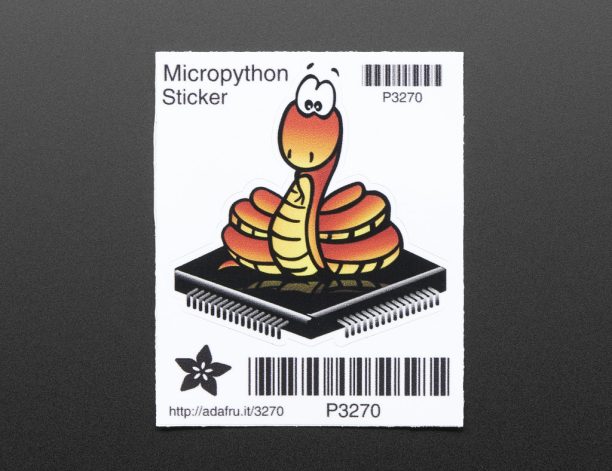Understanding Arduino’s Core Limitations
To answer whether Arduino can run Python, we must first consider Arduino’s hardware limitations. Arduino boards, such as the Arduino Uno or Nano, are based on microcontrollers like the ATmega328, which are optimized for low power and simplicity. These microcontrollers have limited RAM, storage, and processing power compared to full-fledged computers.
Memory Constraints
Typical Arduino boards have a few kilobytes of RAM and flash storage, making it difficult to run more resource-intensive programming languages like Python natively. For example, the Arduino Uno only has 2 KB of SRAM and 32 KB of flash memory, which is insufficient for running a full Python interpreter.
Clock Speed
Arduino boards generally run at clock speeds between 16 and 84 MHz, far slower than modern processors capable of efficiently running Python. This limitation impacts performance and further complicates running Python directly on Arduino hardware.
Running Python on Arduino-Compatible Platforms
Despite the limitations of traditional Arduino boards, some solutions have emerged for running Python on Arduino-compatible hardware. These include alternative boards that support MicroPython, a lightweight implementation of Python designed for microcontrollers.
MicroPython
MicroPython is a streamlined version of Python optimized for microcontrollers. It is a great choice for small, resource-constrained devices and can run on platforms like the ESP32 or the Pyboard, which have more powerful microcontrollers than typical Arduino boards.
- Running MicroPython on ESP8266
- Over-the-Air (OTA) Updates with MicroPython
- MicroPython Tutorial for Beginners
Comparing Arduino IDE vs. MicroPython
The Arduino IDE and MicroPython each have their advantages and disadvantages when working with microcontrollers. The Arduino IDE is straightforward and well-supported, while MicroPython offers flexibility with Python’s readability and ease of use.
“MicroPython simplifies code, making it accessible to those familiar with Python. However, it requires more powerful hardware than traditional Arduino boards.” – MicroPython User
Use Cases for MicroPython
MicroPython is ideal for projects that require rapid development and prototyping. Its integration with Python libraries makes it suitable for IoT, machine learning, and other advanced applications. On the other hand, Arduino’s C/C++ remains preferable for timing-critical applications, where speed and efficiency are paramount.
Conclusion: Is Python a Good Fit for Arduino?
While Arduino can’t natively run Python due to hardware limitations, platforms like MicroPython provide alternatives for more advanced microcontrollers. If you’re looking to use Python on a microcontroller, consider switching to boards like the ESP32 or STM32, which offer support for MicroPython and better performance. Traditional Arduino boards remain best suited for C/C++ development, where resource constraints are a concern.
Ultimately, choosing between Arduino and Python (via MicroPython) depends on the project’s complexity and the hardware available. Both tools have their place in the maker world, and understanding the strengths of each can help you decide which to use for your next project.
